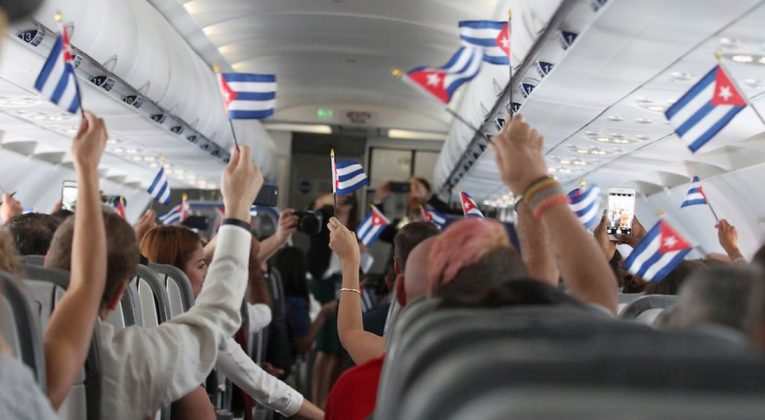Remember when Cuba was at the top of everyone’s bucket list? That was last year; for 2017, those bucket lists have been rewritten, with Cuba not just downgraded but conspicuously omitted altogether.
In February 2016, following the signing of a newly liberalized aviation agreement between the U.S. and Cuba, the Department of Transportation put the available Cuba routes up for competitive bidding by U.S. carriers. And compete they did, fully expecting that Cuba would become the next “It” destination.
When the dust settled, U.S. carriers had signed up to operate more than 20 daily flights between the U.S. and Havana, and around the same number of flights to secondary Cuban airports, amounting to more than 1.1 million one-way seats per year. That capacity has proven economically unsustainable.
American was the first to recognize its over-commitment to the Cuba market, reducing the number of daily flights by a full 25 percent, and swapping in smaller planes on some routes.
In January, JetBlue sent a clear signal that demand for Cuba travel was weaker than forecast by offering triple bonus TrueBlue points for flights to Havana, Santa Clara, Camaguey, and Holguin. More recently, it began operating its Havana flights with 150-seat A320s instead of 200-seat A321s, and switched from 150-seat A320s to 100-seat E190s on other Cuba routes.
And Silver Airways has cut its weekly flights from Ft. Lauderdale to six Cuban cities.
According to the Airlines Reporting Corp., average roundtrip airfares to Cuba have dropped from $399 in September to $310 in January. Even then, there are anecdotal reports of travelers flying to Cuba on near-empty planes.
How did the airlines get it so wrong?
In addition to overestimating travelers’ enthusiasm for visiting the island, the airlines failed to factor in some of the off-putting impediments to Cuba tourism. For now, the embargo on tourist visits to Cuba remains in place, forcing travelers to misrepresent their real reasons for coming to the country. Credit cards are still not widely accepted in the country, so visitors must carry large amounts of cash. And they’ll need it: Prices for travel-related services like hotel stays and restaurant meals have skyrocketed since U.S. scheduled flights resumed, in August 2016.
All of which creates a dilemma for travelers. On the one hand, ticket prices for Cuba flights are probably at or near their bottom. So getting there is a bargain. But prices on the ground will more than offset any savings on airfare.
There’s a time factor to consider as well. As the country’s pace of modernization picks up, fueled by tourism, the “old Cuba” — what made it an attractive destination in the first place — is fast disappearing.
Reader Reality Check
Is Cuba on your bucket list?
After 20 years working in the travel industry, and almost that long writing about it, Tim Winship knows a thing or two about travel. Follow him on Twitter @twinship.
This article first appeared on SmarterTravel.com, where Tim is Editor-at-Large.




Is anyone — other than, perhaps, the airlines — surprised by this?